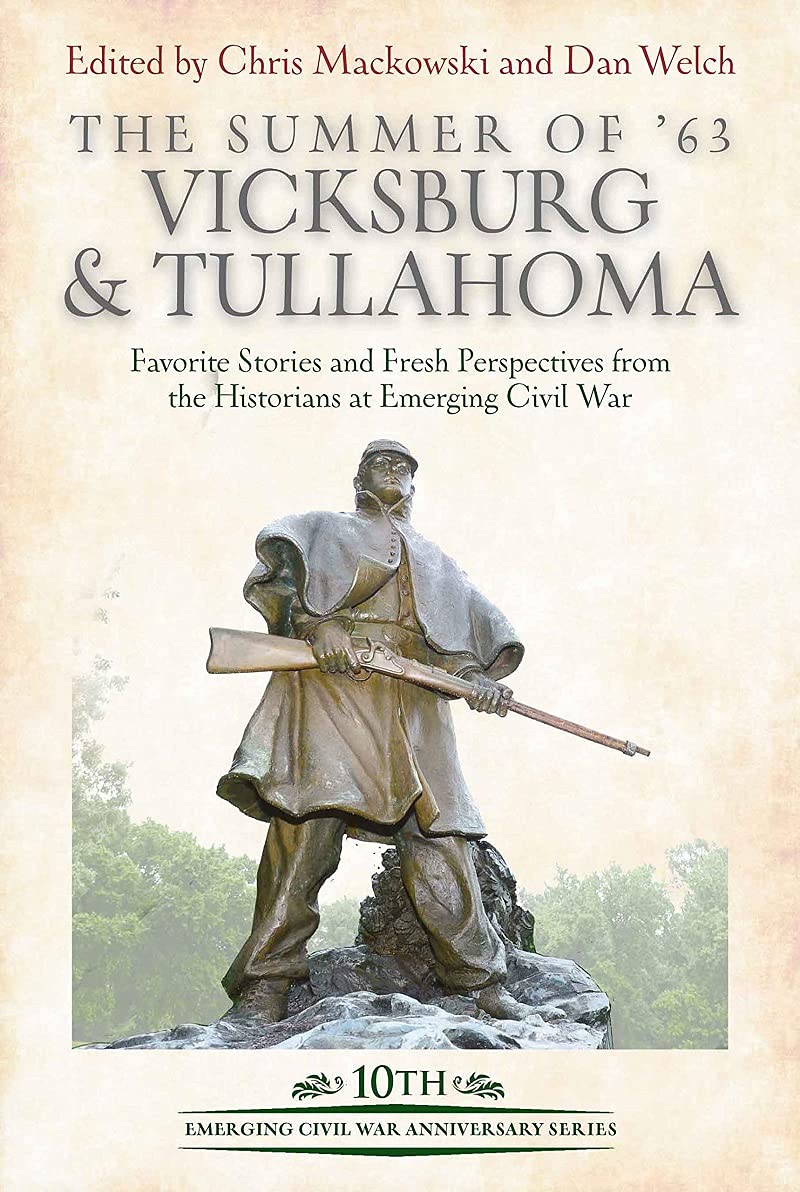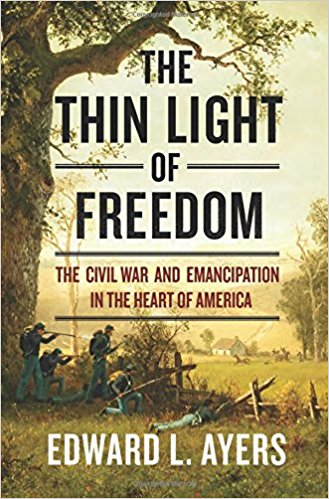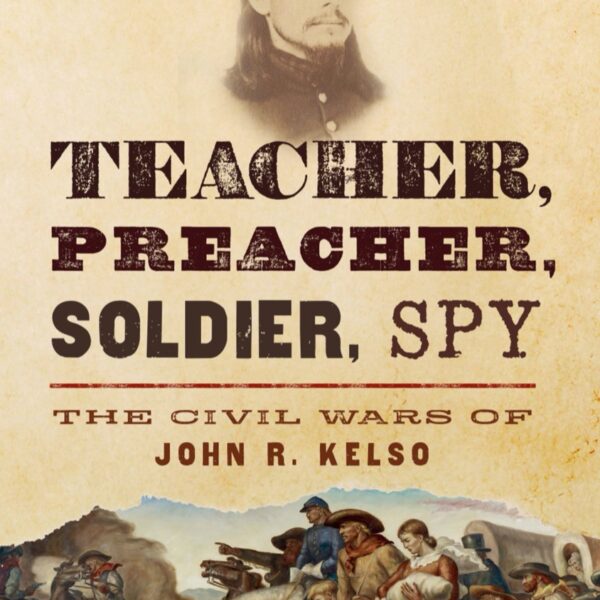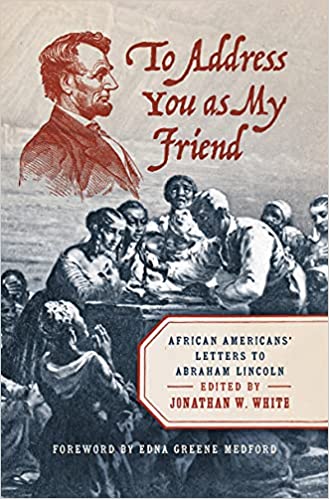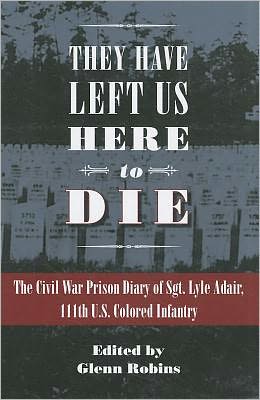On July 7, 1863, Secretary of War Edwin M. Stanton, anxious to maintain Union initiative following pivotal victories at Gettysburg and Vicksburg, sent a perplexing telegraph to one of his most important generals, William Starke Rosecrans. The commander of the Army of the Cumberland, Rosecrans had just completed a masterful, week-long campaign of maneuver against Braxton Bragg, resulting in the Confederate abandonment of Middle Tennessee.
Nevertheless, Stanton, clearly fixated on federal victories in Pennsylvania and Mississippi, condescended to his field commander, stating, “you and your noble army now have the chance to give the finishing blow to the rebellion. Will you neglect the chance?” Rosecrans, understandably bristling at the implication, replied: “You do not appear to observe the fact that this noble army has driven the rebels from Middle Tennessee, of which my dispatches advised you. I beg on behalf of this army that the War Department not overlook so great an event because it is not written in letters of blood.”1
Rosecrans’s fear proved prophetic; Civil War historians have often been as myopic as Stanton. Gettysburg primacy as the war’s most studied battle has never been seriously challenged. Vicksburg has proven the darling of recent military historians. Meanwhile, the Tullahoma Campaign has languished. For decades, despite a tacitly acknowledged significance, it existed as a footnote or coda in a larger story. In 2020, it finally received a modern, book-length study with Tullahoma: The Forgotten Campaign that Changed the Course of the Civil War by David A. Powell and Eric J. Wittenberg.
The Summer of ’63: Vicksburg & Tullahoma offers a microcosm of this larger trend in Civil War military history. The campaign in Mississippi predominates, even as the anthology’s contributors probe the overlooked campaign in Tennessee in several chapters. Gettysburg receives sole billing, meanwhile, in a sister volume.
With forty chapters, sixteen contributors, and two editors, The Summer of ’63: Vicksburg and Tullahoma is a true collaborative effort. Despite its subtitle, the book is more than simply reprinted material from one of the Civil War’s leading blogs. Several original submissions are found alongside republished and expanded pieces from the Emerging Civil War. The editors make clear the volume’s intent: “The combined collection of material is not intended to serve as a complete narrative of events or comprehensive overview. Rather, these are the stories and events our historians happened to be interested in writing about at any given time. In that way, the collection represents the sort of eclectic ongoing conversation you’ll find in our blog” (xiv).
In their quest to “provide readers with a diversity of perspectives,” the editors have amassed a staggering array of content (xiv). Encyclopedic narratives exist alongside testimonials, travelogues, interview transcripts, tactical histories, and comparative studies. While some installments are unorthodox inclusions, others have traditional, argumentative edges. Dwight S. Hughes’s excellent short study of the relationship between Ulysses S. Grant and David Dixon Porter explores the “unprecedented nature of riverine warfare,” demonstrating that cooperation between the army and navy were key ingredients in the Union’s conquest of Vicksburg (49). Angela M. Riotto packs a staggering amount of research into a short analysis of Grierson’s Raid, arguing that the operation “was a fundamental step in the Union’s development of hard war strategy as well as toward Vicksburg’s eventual surrender” (62).
While Grant and other Union commanders are well covered, Confederate leadership during the Vicksburg Campaign receives scant attention, a liability the book itself humorously addresses. Ironically, Robert E. Lee receives more attention than any other Rebel commander, with the inclusion of Mackowski’s “A Question between Virginia and Mississippi.” The piece chronicles the general’s resistance towards transferring his troops to the west.
While most of its contributions are devoted to Vicksburg, the book’s final seventy pages contain rich material on Tullahoma. A transcription of Chris Kolakowski’s C-SPAN 3 lecture supplies readers with an effective overview of the campaign and its importance. A travelogue by Brian Swartz provides locations of relevant historic sites, and William Lee White’s superb tactical study of the Battle of Liberty Gap shows that, despite its reputation, the campaign was marked by several important engagements.
The anthology concludes with a brief piece by David A. Powell, in which the author ponders Tullahoma’s obscurity. He provides three convincing explanations: “First, neither the Union nor Confederate commanders were top talent. Immediate draws of the likes of Grant, Lee, Sherman, or Stonewall Jackson were not present in Middle Tennessee. Second, the campaign lasted slightly more than one week and ended without a climactic battle. Today, no national or even state park exists to preserve its story. Third, Tullahoma is overshadowed by two other great events that happened simultaneously: Gettysburg and Vicksburg” (286).
Conversational not comprehensive—self-aware without pretension—The Summer of ’63: Vicksburg and Tullahoma is an informative, lively, and thought-provoking discussion of one of the Civil War’s most pivotal seasons.
Robert L. Glaze teaches history courses for Georgia Military College and Lincoln Memorial University. He is currently revising his manuscript, Experiencing Defeat, Remembering Victory: The Army of Tennessee in Civil War Memory.
